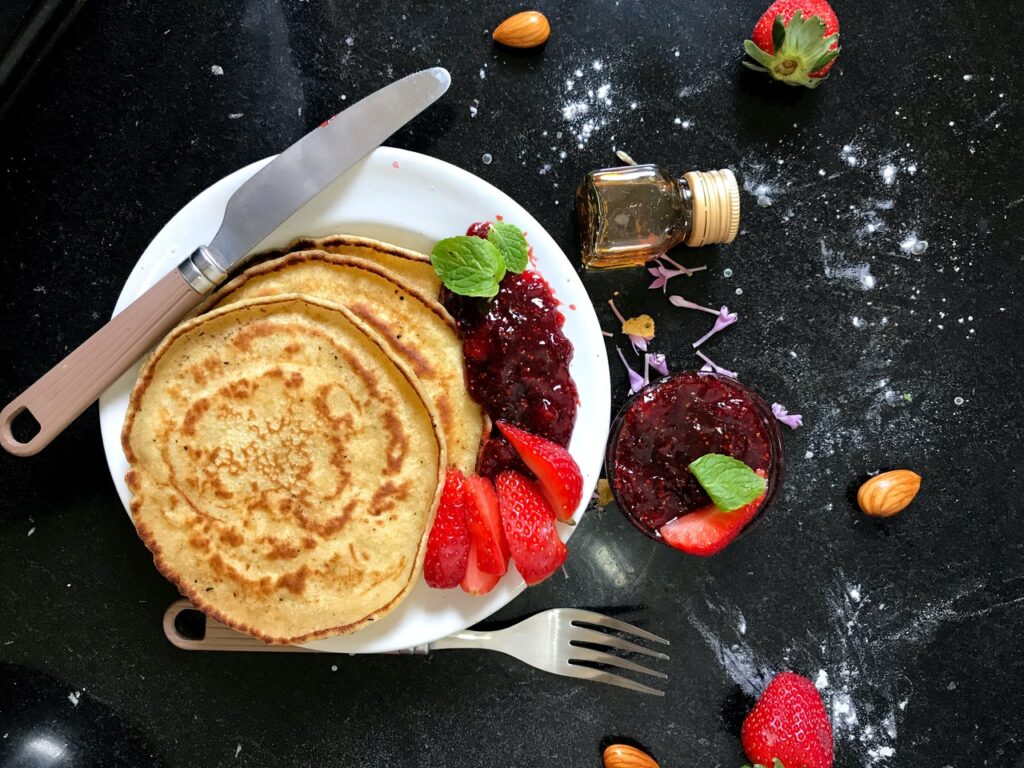Always keep your knives sharpened, especially when you are on the way to cooking a traditional Japanese meal. Having the right kitchen tool in your hand can significantly improve your cooking experience.
On the other side, using the wrong knife can result in injuries. Over 2.7 billion people end up in hospitals in the UK due to a kitchen injury.
A Santoku knife is a general-purpose tool that helps you quickly chop, slice, and dice food. Such blades are often confused with Chef’s knives, but there are some apparent dissimilarities to watch out for.
Are you looking to buy Santoku knife? Here are x ways to differentiate between both categories.
Introduction
The word ‘Santuko’ translates to ‘three uses’ and implies its application in cutting meat, vegetables, and fish. Japanese people initially used such knives to prepare western food in their homes.
On the other side, Chef’s knives originate from France or Germany and have a slight curve in the centre. As a result, they give a slight rocking motion against the board, and you can use them for multiple purposes.
Blade Material
If you go and check out the material of all your knives, you are most likely to find steel as the winning answer. It is not surprising as it is corrosion resistant and requires little to no maintenance in daily life.
But with different knife categories, the type of steel changes. While a Santoku knife might be carbon steel, Chef’s knives are primarily prepared with a stainless one. Carbon provides more refined edges after edges, thus making Santoku knives a bit risky for beginners.
Blade Length
Knife length is a crucial factor to consider when you purchase it. Extra-long or small blades can disrupt your entire momentum and end up spoiling your cooking experience.
When you buy Santoku knife, you will notice that it is comparatively shorter than a Chef’s knife. While the former can be around 6 inches on average, the latter can touch 8 inches. In the case of Santoku, shorter length helps let newbies maintain better control over their blades.
Handle
The handle is almost half the knife’s length and must be chosen carefully. It is where you grip the blade to continue its movements further. Therefore, it is crucial that you pick something that fits your hand, seems durable, and is overall comfortable.
Unlike the Chef’s knives, you won’t usually find a bolster with a Santoku knife. A bolster helps reduce the chances of a knife slipping out of your hand.
Best Uses
A Santoku knife is best suitable for creating thin slices of any meat. Avoid using it for chopping big blocks or any precision tasks.
On the other hand, a chef’s knife can comfortably operate with a wide range of tasks. It might include chopping fruits or even slicing cheese.
Conclusion
Knowing which type of knife to use in particular situations is also essential. Unlike standard blades, you cannot use such specific-purpose knives for tackling all kitchen situations. For example, if you are looking to cook authentic Japanese cuisine, several blades are available for slicing through the meat. If you want to chop, dice or mince any meat, you can buy Santoku knife.
